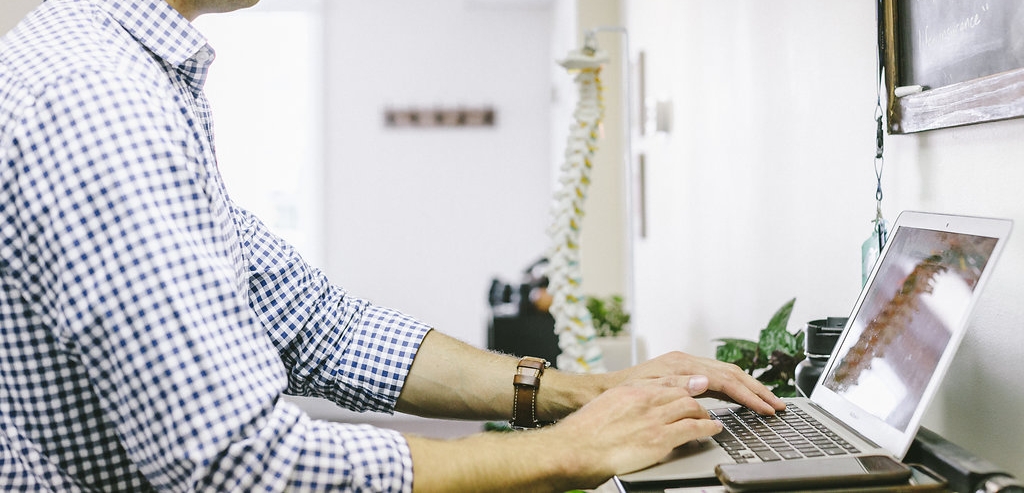In the gym, in the office and everywhere in between I see faults with our foundation (the feet). Whether it is squatting, deadlifting, rowing, walking, running or any other movement - I see common faults or issues that can be corrected. What I most commonly hear is "I was born with flat feet" or "I need orthotics." In reality, flat feet are developed - they are an effect of feet that don't function properly, feet with stiff or non-working tissues, hips with a poor connection to the feet or all of the above.
These issues can be fixed - the problem is that most people don't want to fix them, don't know that they can be fixed or don't know how to go about fixing them. Most doctors will cover the issues with a "band-aid" such as orthotics, rest, or medication. These things may mask the pain or symptoms but won't fix the problem(s). Faults in the feet will cause poor squatting/deadlifting/movement patterns and mechanics, foot pain, knee pain, hip pain and other possible symptoms.
We were designed to have strong feet, however, shoes, sitting and lack of motion have destroyed our connection with the ground, causing weak feet and masked proprioception - which means we don't feel the ground. Our shoes and orthotics mask our movement faults and restrict normal motion in our feet. Our feet are meant to be a primary shock absorber - a reason why we have so many bones and joints in our feet and ankles.
Go barefoot as much as possible - provided there is no pain. If pain is present, start mobilizing your feet 5-10 minutes per day to create feet that actually move and that you can control (without using your hands) - meaning you can spread and close your toes using your mind!
Mobilizations for your feet (videos below):
- Walk barefoot on different types of surfaces (start with soft ones first like grass, carpet or sand)
- Lax ball under the ball of your foot and pump to open the forefoot.
- Heel walks - to deal with tight calves/posterior tibialis/ankles
- Foot scrunches
- Foot torque
- Assisted Foot Twist
Some points to look at:
- Calluses on the inside of the big toes - indicates feet turning out when walking
- A curved achilles (have someone take a picture of your ankles from behind - your achilles should be straight)
- No arch
- Inability to spread your toes (without using your hands)
Listen on my Forgotten Foundations podcast
https://itunes.apple.com/us/podcast/ep-7-the-feet/id1258788832?i=1000391380496&mt=2












